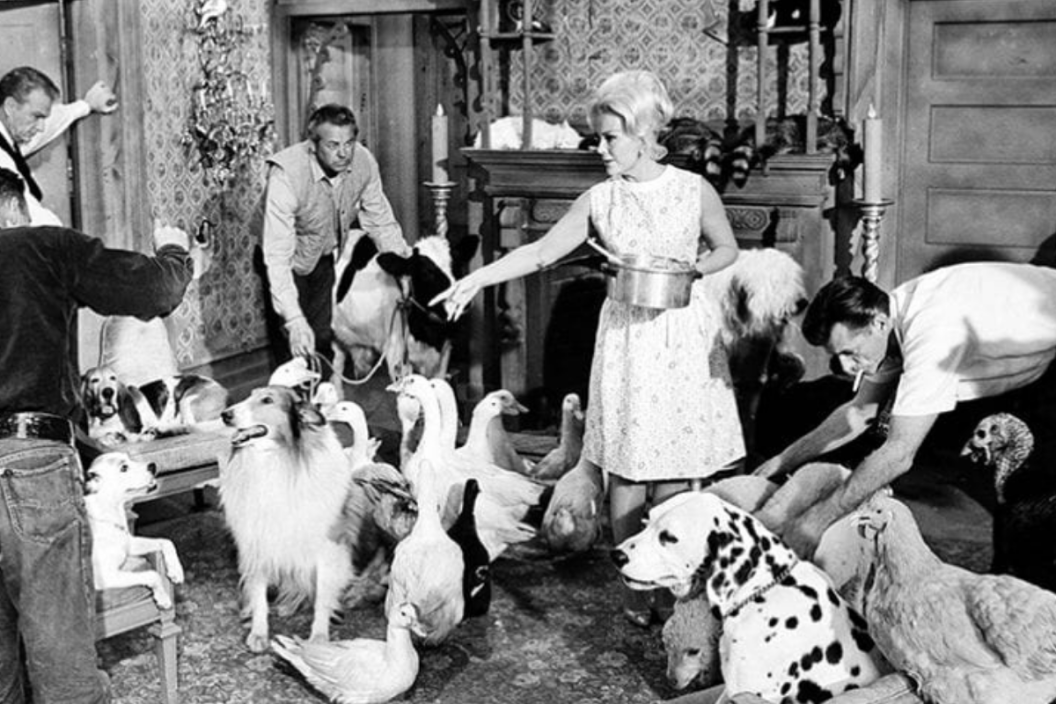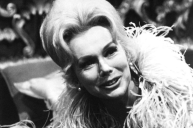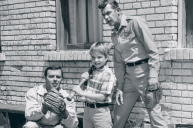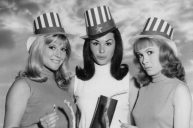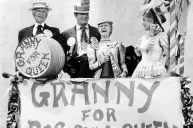In the 1950s, there was a trend where it seemed like nearly every sitcom on TV was centered in a rural setting. These rural-themed shows became huge hits for audiences and have gone on to become some of the most classic TV shows of all time. So why did the networks decide to cancel all of them and completely change their focus?
Videos by Wide Open Country
What became known as "the rural purge" started in the early 1970s when ABC, NBC and CBS decided that it was time for a major shift in television. CBS particularly ended up issuing cancellation orders to some of its longtime fan favorite shows to please advertisers by centering their shows around an urban setting. CBS executives Robert Wood and Fred Silverman initiated the trend after research showed that the shift could attract younger audiences who were a target for their advertisers, rather than an older demographic.
Pat Buttram, Mr. Haney on Green Acres, described the purge perfectly when he said, "It was the year CBS canceled everything with a tree—including Lassie."
Petticoat Junction was one of the first casualties of the purge. After seven seasons, the ladies of The Shady Rest Hotel got the boot and were replaced by a completely different show, The Mary Tyler Moore Show.
After Mary Tyler Moore debuted with a bang, CBS was inspired to cut even more of its rural shows and upgrade to more variety shows. Rural sitcom Green Acres was axed next, followed by one of the biggest losses of the purge, The Beverly Hillbillies. At one point, the Clampetts were the most popular family on the network, but CBS didn't care. The network cancelled them after nine beloved seasons.
Read More: Keep a Piece of the Wild West Forever With a Matt Dillon Action Figure
Some of the other affected shows included The Red Skelton Show, Hee Haw, Bonanza, Gunsmoke, Hogan's Heroes, Family Affair and The Andy Griffith Show spinoffs Mayberry R.F.D. and Gomer Pyle, U.S.M.C. Old school variety shows were also cut, including The Jackie Gleason Show and The Ed Sullivan Show. Gunsmoke and Bonanza had been two prime time hits as well, but they weren't the only westerns affected. The Wild West got lumped into the undesirable category of "rural" (in the mind of network execs) and The Virginian and The High Chaparral were also cut from NBC.
One of the biggest shifts when developing new shows was upgrading the camera set up. All of the rural shows had been filmed with a single-camera that had a laugh track added in after the fact. The '70s launched the popularity of filming in front of a live audience with multiple-camera setups. This strategy became the norm through the '80s and '90s.
The one plus of the rural purge was that it did bring some incredible shows to the air including The Brady Bunch, The Bob Newhart Show, All in the Family, The Jim Nabors Hour and M*A*S*H. Other new shows included Maude and The Jeffersons. And luckily some of the old rural favorites continued to run successfully in syndication, which was proof that the networks don't always know what audiences want to see. Due to popular demand, The Waltons brought back rural families to TV in the '70s, which led to the popular Little House on the Prairie. American audiences will always want to see a balance of rural and urban on their televisions.
This post was originally published on July 24, 2020.
Now Watch: Stroll Through the Real Mayberry from 'The Andy Griffith Show'
https://rumble.com/embed/u7gve.v6euj7/
